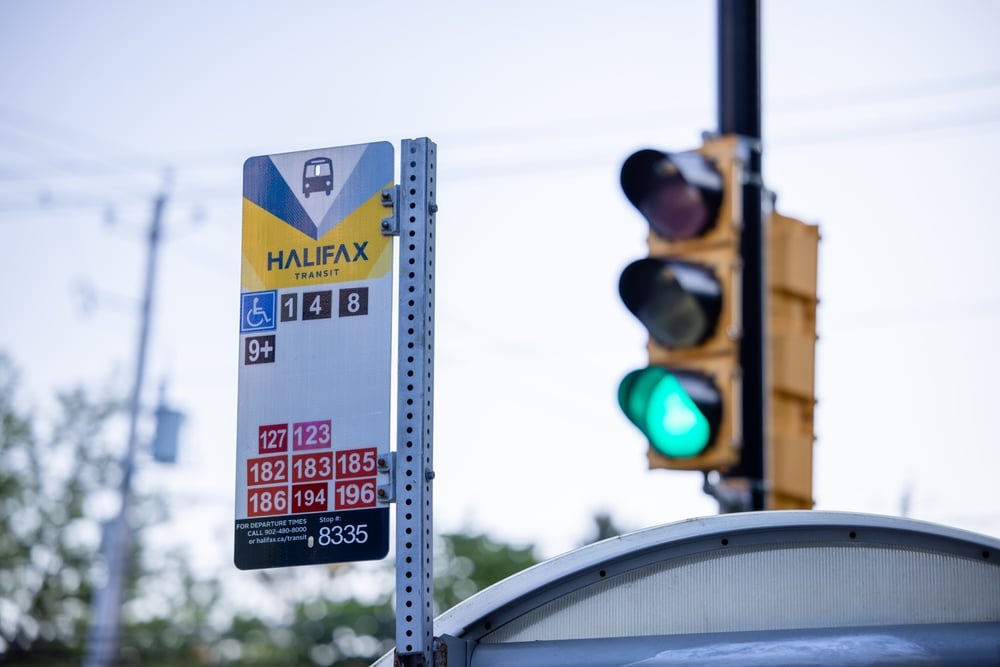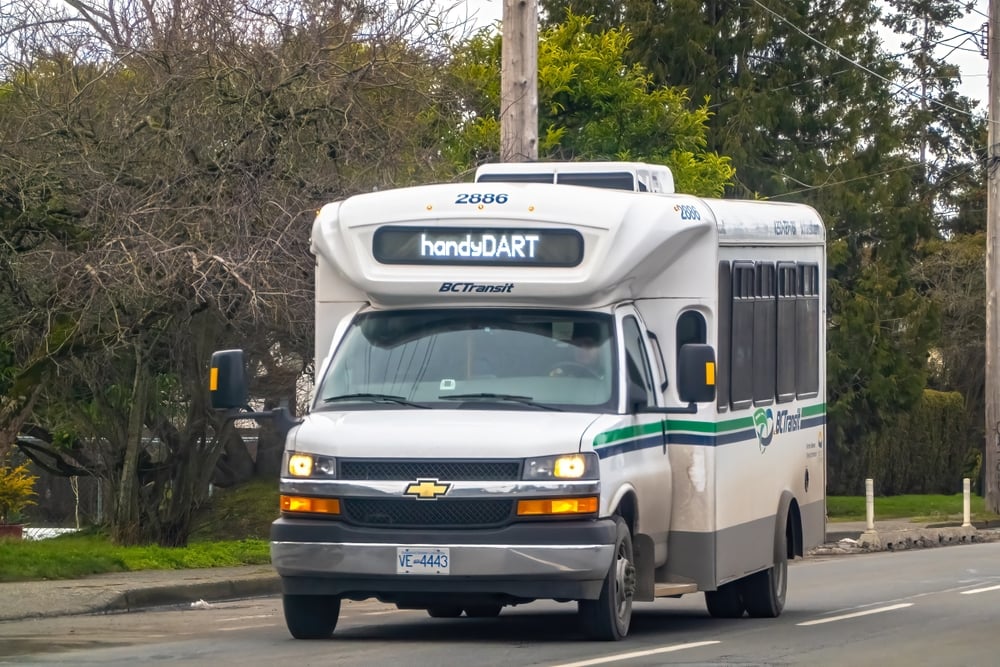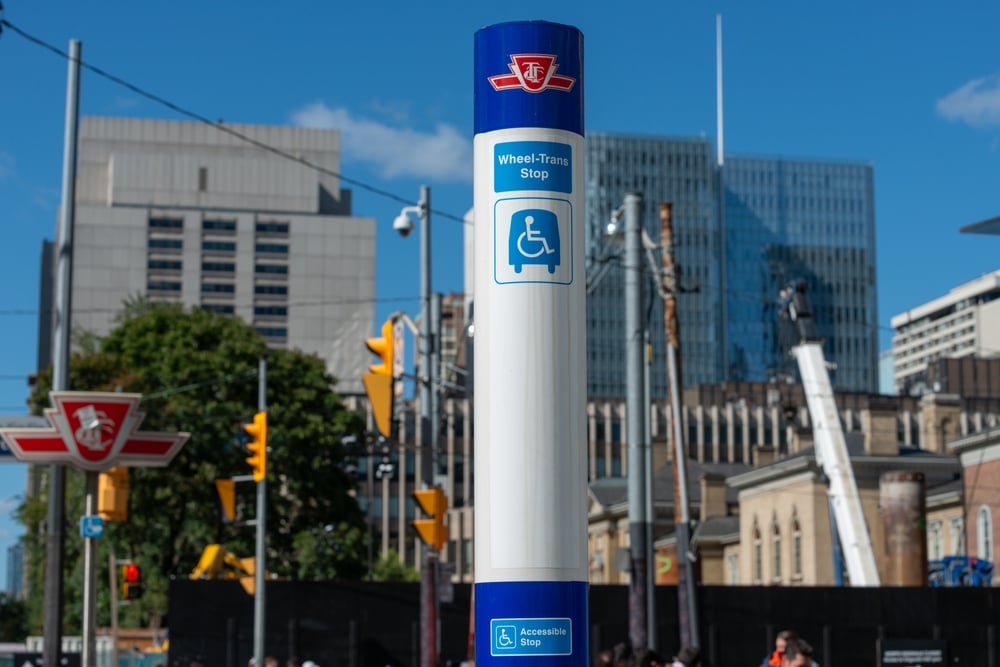
In Prime Minister Mark Carney’s Budget 2025, the federal government introduced changes to make it easier for Canadians to access financial support for home accessibility improvements.
The Home Accessibility Tax Credit (HATC) and Medical Expense Tax Credit (METC) already provide relief for mobility-related renovations — from ramps and stair lifts to accessible bathrooms. Under the new rules, an expense can be claimed under either the HATC or the METC, but not both. The Canada Revenue Agency will publish a standardized list of eligible renovations, reducing confusion and helping households plan with confidence.
These updates aim to reduce red tape while continuing to support seniors and Canadians with disabilities, making it easier to invest in home modifications that enhance mobility, safety and independence.
Don’t Miss
- Want to retire with an extra $1.3M? See how Dave Ramsey’s viral 7-step plan helps millions kill debt and build wealth — and how you can too
- The Canadian economy shrank in Q2 2025 — protect your wallet with these 6 essential money moves (most of which you can complete in just minutes)
- Boomers are out of luck: Robert Kiyosaki warns that the ‘biggest crash in history is coming’ — here’s his strategy to get rich before things get worse
For Canadians with mobility challenges, the day-to-day experience of life also depends heavily on where they live. The right city can make it possible to go to work, visit friends, attend appointments, enjoy cultural events and access essential services with independence and confidence.
Accessibility is more than ramps and elevators — it includes transit, sidewalks, housing, community supports and the ability to participate fully in life. Choosing a city that meets these needs can transform daily experiences for people with disabilities and their families.
What makes a city accessible
When evaluating cities for mobility needs, there are a few key features to consider:
- Accessible public transit: Buses, trains and ferries with ramps, low floors, elevators and door-to-door options
- Walkable, barrier-free environments: Smooth sidewalks, curb cuts, accessible entrances and close proximity to essential services
- Dedicated mobility services: Paratransit, accessible taxis and community shuttle programs
- Access to health, community and social supports: Clinics, support groups and nonprofits
- Affordable accessible housing: Options near transit and services that are realistically affordable
Read more: Are you drowning in debt? Here are 3 simple strategies to help crush your balance to $0 in no time
Top Canadian cities for accessibility
Based on these key features, the following cities stand out for their commitment to mobility, barrier-free design and supportive services for people with disabilities.
1. Vancouver, British Columbia

Vancouver, home to roughly 2.7 million people in the metropolitan area, is a bustling West Coast city known for its natural beauty, mild climate and vibrant cultural scene. Its dense urban core and extensive transit network make it a prime candidate for accessibility initiatives.
Key strengths:
- With a population spread across a dense urban core, all TransLink buses, community shuttles, rapid transit, SeaBus and West Coast Express trains are fully accessible to people of all abilities
- Vancouver’s “Accessible City” commitment demonstrates the city’s dedication to removing barriers and creating equal opportunities for all residents
- The city is actively improving infrastructure for walking, rolling and public transit, including curb ramp upgrades, audible signals and low‑floor vehicles
Trade‐offs:
Housing and cost of living in Vancouver are high, which can affect overall affordability even if the mobility environment is strong.
2. Halifax, Nova Scotia

Halifax, with a population of about 450,000, is the economic and cultural hub of Atlantic Canada. Known for its historic waterfront and compact urban layout, the city combines small-city charm with transit options that serve mobility-challenged residents.
Key strengths:
- Halifax Transit’s entire bus fleet uses accessible low-floor (ALF) models, and all ferries are fully accessible
- The city provides door-to-door Access‑A‑Bus service for residents who cannot use conventional transit due to physical or cognitive disabilities
- Extra Care Taxi service operates 24/7 throughout the municipality for those who cannot use standard taxis
Trade‐offs:
While Halifax offers excellent core-city accessibility, some areas outside the downtown core have less frequent transit or fewer accessible routes, which can pose challenges.
3. Victoria, British Columbia

Victoria, the provincial capital with around 400,000 residents in the Greater Victoria area, is famous for its walkable streets, mild climate and strong community focus. Its smaller scale and emphasis on accessibility make it particularly friendly for mobility-aid users.
Key strengths:
- The handyDART service provides accessible, door-to-door shared transit for people with temporary or permanent disabilities who cannot use fixed-route transit without assistance
- Victoria’s Accessibility Framework covers the built environment, services and governance, reflecting broader inclusion beyond transit
- Accessible parking and leisure assistant programs support mobility and access to recreation across the city
Trade‐offs:
Victoria’s walkable and accessible layout is an advantage, but older buildings and sidewalks in some areas still present barriers for mobility-aid users.
4. Toronto, Ontario

Toronto is Canada’s largest city, with over 6.5 million people in the metropolitan area. As the country’s financial and cultural centre, it offers a wide range of accessible services, clinics and housing options, though its size and complexity can create mobility challenges.
Key strengths:
- Toronto Transit Commission’s (TTC) Wheel‑Trans paratransit service provides door-to-door service for residents with physical disabilities
- All bus routes use low-floor accessible vehicles, and most streetcars are low-floor as well
- Toronto’s large size ensures wide availability of clinics, support networks and accessible housing, bolstering mobility across diverse neighbourhoods
Trade‐offs:
Some subway stations remain inaccessible and the cost of living/housing can be high. Also, navigating a large city can bring complexity.
5. Ottawa/Gatineau (National Capital Region)

The Ottawa-Gatineau region, with about 1.5 million residents, serves as Canada’s capital and government hub. Its large network of services, combined with strong transit options, makes it an important centre for accessibility and support for people with disabilities.
Key strengths:
- Ottawa scored highly in Redfin’s transit rankings among large Canadian cities, reflecting strong mobility options (1)
- The presence of government offices and organizations ensures a wide range of accessible services for residents and visitors alike
Trade‐offs:
Ottawa’s transit and services are strong, yet only about 53% of mapped buildings are fully accessible (2), so choosing neighborhoods carefully is essential for mobility needs.
A note of caution
Even in these cities, significant accessibility gaps remain. A national study found that in Vancouver, Calgary and Ottawa, nearly 60 % of public-facing buildings were either partially or fully inaccessible to people with disabilities (3), with Calgary having the lowest proportion of fully accessible buildings at just over one-third. This highlights that choosing the right neighbourhood within a city can be just as important as selecting the city itself.
The bigger picture — combining local access with national support
Living in an accessible city opens doors to independence, social connection and meaningful daily experiences. But accessibility doesn’t stop at the city limits. Federal supports like the HATC and METC complement local initiatives, helping Canadians adapt their homes to their needs — whether they’re aging in place, recovering from injury or managing long-term mobility challenges.
No city is perfect, but the combination of strong municipal infrastructure and clear federal financial reinforcement can make daily life more manageable and affordable. When planning a move or renovation, consider both your community’s accessibility features and the national programs that can help you stay independent at home.
With thoughtful planning, Canadians with accessibility needs can live with confidence, pride and comfort — wherever they choose.
What To Read Next
- Here are 5 expenses that Canadians (almost) always overpay for — and very quickly regret. How many are hurting you?
- Ray Dalio just raised a red flag for Americans who ‘care’ about their money — here’s why Canadians should limit their exposure to U.S. investments
- I’m almost 50 and don’t have enough retirement savings. What should I do? Don’t panic. Here are 6 solid ways you can catch up
- Here are the top 7 habits of ‘quietly wealthy’ Canadians. How many do you follow?
Article sources
We rely only on vetted sources and credible third-party reporting. For details, see our editorial ethics and guidelines.
Newswire (1); AccessNow (2); University of Calgary (3);
This article originally appeared on Money.ca under the title: The 5 most accessible cities in Canada for people with mobility challenges
This article provides information only and should not be construed as advice. It is provided without warranty of any kind.